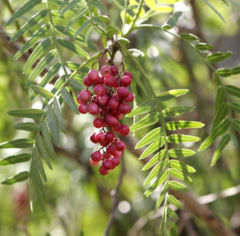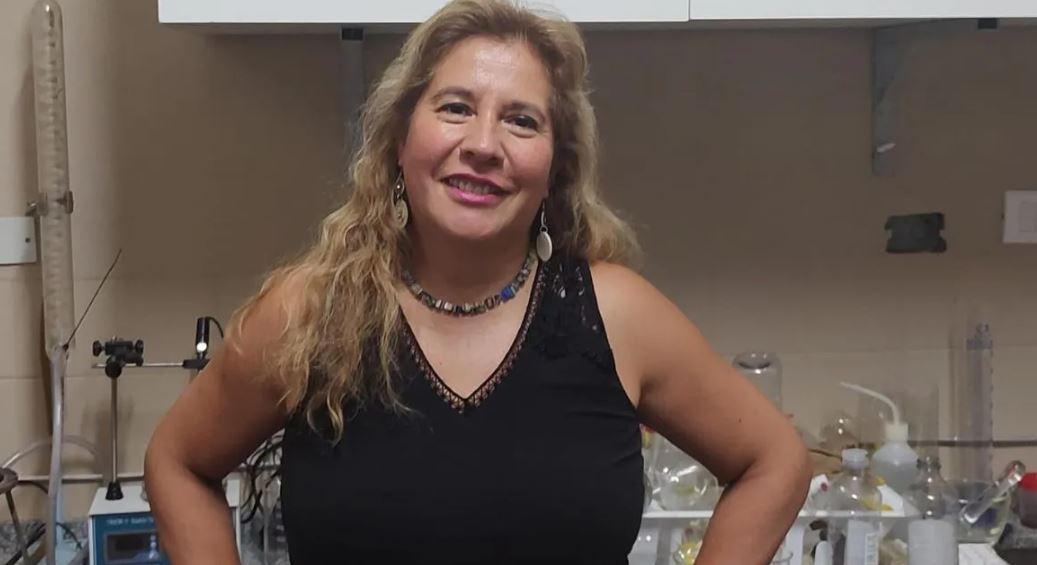Research to combat dengue in Argentina has never stopped. Since the extensive outbreak last summer, efforts have been made to keep the population alert to prevention measures, while science does its part.
In addition to the release of irradiated mosquitoes to control the reproduction of the Aedes Aegypti, advances in repellents are now added. Mendoza researcher Mariela Maldonado has created a natural mosquito repellent based on the fruits of the aguaribay.
Among other properties, it could repel the dengue transmitter. The teacher and researcher is part of the UTN and the CONICET in the Mendoza region. The innovation was carried out with the research team of the Chemical Engineering department.
Combatting dengue in Argentina: how the natural repellent works
 Aguaribay: Mendoza pepper.[/caption>
Aguaribay: Mendoza pepper.[/caption>
Maldonado explained to Diario UNO that Aguaribay (known as pepper in Mendoza) and its small red fruits have a large number of healing properties and benefits for humans.
In this case, the research was based on the terpenes of Aguaribay or secondary metabolites. These are the components that give the characteristic aroma and flavor to all aromatic plants and constitute most of the essential oils.
It is a kind of defense mechanism of plants to protect themselves from stress factors. In some cases, drought, increased sun exposure, or heat.
In this research, they were used to distill and create a substance with emulsion or oil characteristics which is the raw material for the repellent.
Being ecological, this repellent does not cause any allergies and can be used by children and elderly people without any restrictions or contraindications.
Collaborative work
Maldonado initiated her mega project in 2022, but, as she recounted, when she began to obtain results last year, credit lines for financing scientific initiatives were reduced.
For this reason, she devised a way to carry out the work: the “Aguaribay Network.” A collaboration network between national and international researchers, including members of CONICET, national universities, and the Agrobiotechnological Research Group (GIAB) of UTN La Plata.
 Mariela Maldonado led the team. (Photo: Diario UNO).
Mariela Maldonado led the team. (Photo: Diario UNO).
“If trials on nanoparticles were needed, they were carried out in Córdoba, and we knew that there were researches on other pests in Catamarca. Then, UTN La Plata became interested in scaling the product for production,” Maldonado explained.
As a result, collaboration with GIAB of La Plata, led by Dr. Luis Perego, has been essential to carry out this project. Soon, the repellent will be available by prescription and in the process of being registered with ANMAT.

